Antonio Vivaldi’s The Four Seasons stands as one of the most recognizable and beloved works in classical music. Composed in 1723, this set of four violin concertos transcends mere musical expression, offering listeners a vivid auditory journey through the changing landscapes of spring, summer, autumn, and winter. Each concerto is a masterpiece of Baroque program music, where notes are meticulously arranged to mimic the sounds and emotions of nature. From the chirping of birds to the fury of storms, Vivaldi’s genius lies in his ability to translate the natural world into a language of melody and rhythm.
The Birth of Program Music
Long before the term "program music" was formally defined, Vivaldi was already pioneering the concept. The Four Seasons is not just a collection of concertos but a narrative told through sound. Each season is prefaced by a sonnet—likely written by Vivaldi himself—that outlines the scenes and moods depicted in the music. These sonnets serve as a guide, bridging the gap between the abstract beauty of the notes and the tangible imagery they evoke. The result is a seamless fusion of poetry and music, where every trill, tremolo, and crescendo has a purpose.
Take, for example, the opening movement of Spring. The bright, lively strings immediately conjure images of blossoming flowers and singing birds. The music doesn’t just suggest these images—it recreates them. The high-pitched violin passages mimic bird calls, while the gentle, flowing melodies evoke the soft breezes of a spring morning. Vivaldi’s attention to detail is astonishing; even the sudden thunderstorm in the middle of the movement is rendered with startling realism through sharp, staccato notes and rumbling lower strings.
Summer’s Heat and Autumn’s Harvest
If Spring is a celebration of renewal, Summer is its dramatic counterpart. The languid, oppressive heat of the season is palpable in the slow, dragging phrases of the first movement. The music seems to wilt under the sun, only to erupt into the violent energy of a summer storm in the final movement. Here, Vivaldi’s strings become the howling wind and driving rain, with rapid scales and aggressive bowing techniques creating a sense of chaos and urgency.
Autumn, by contrast, is a season of abundance and festivity. The opening movement dances with the joy of the harvest, its rhythms lively and infectious. The second movement slows to a lullaby-like pace, perhaps depicting the peaceful exhaustion of laborers resting after their toil. But the final movement returns to exuberance, with a hunting scene full of galloping rhythms and horn-like calls from the violins. Vivaldi’s ability to shift moods within a single concerto showcases his deep understanding of both music and nature.
Winter’s Bitter Beauty
The final concerto, Winter, is perhaps the most evocative of the set. From the very first notes, the music shivers with cold, the high strings playing brittle, staccato phrases that mimic chattering teeth. The second movement offers a brief respite—a cozy interior scene where the warmth of a fireplace is suggested by the gentle, pulsing accompaniment. But the cold returns in the final movement, this time with the treacherous beauty of ice. The violin’s rapid passages sound like slipping and sliding, a musical depiction of the season’s dangers.
What makes Winter so compelling is its emotional range. It’s not just a portrait of cold; it’s a meditation on the human experience of winter—the discomfort, the longing for warmth, and even the quiet beauty of a frost-covered landscape. Vivaldi’s music captures all of this with astonishing clarity, proving that his genius lay not just in technical skill but in his ability to convey profound emotional and sensory experiences.
A Legacy That Endures
Nearly three centuries after its composition, The Four Seasons remains a cornerstone of the classical repertoire. Its popularity is a testament to Vivaldi’s vision—a vision that saw music not just as an art form but as a means of storytelling. Modern audiences continue to be captivated by the way Vivaldi’s notes seem to breathe with life, painting pictures as vividly as any brushstroke.
Part of the work’s enduring appeal lies in its universality. The changing of the seasons is a shared human experience, and Vivaldi’s interpretation resonates across cultures and generations. Whether heard in a grand concert hall or through headphones on a busy street, The Four Seasons has the power to transport listeners to another time and place, to make them feel the warmth of the sun or the chill of the wind.
In an age where music is often consumed passively, Vivaldi’s masterpiece demands attention. It invites us to listen closely, to hear the stories hidden in its notes, and to marvel at the boundless creativity of a composer who could turn the sounds of nature into an enduring work of art.

By /Aug 8, 2025
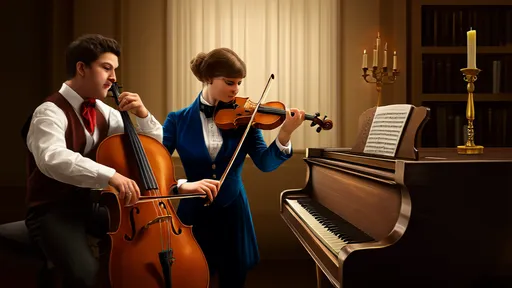
By /Aug 8, 2025
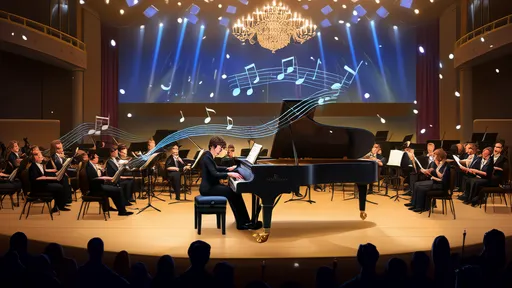
By /Aug 8, 2025
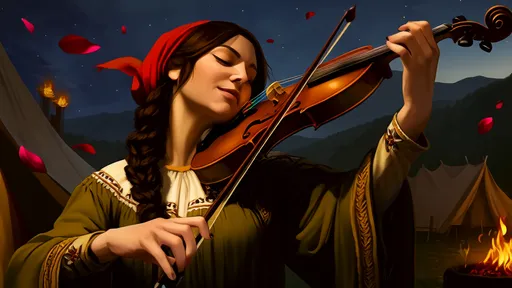
By /Aug 8, 2025
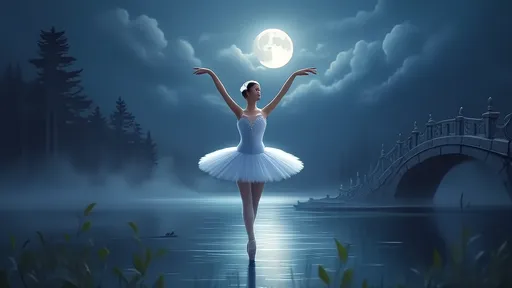
By /Aug 8, 2025

By /Aug 8, 2025
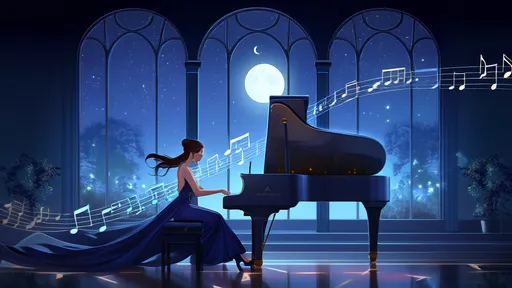
By /Aug 8, 2025

By /Aug 8, 2025
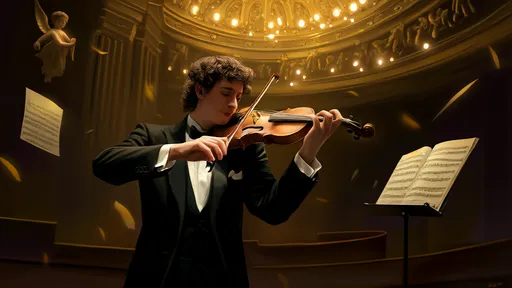
By /Aug 8, 2025
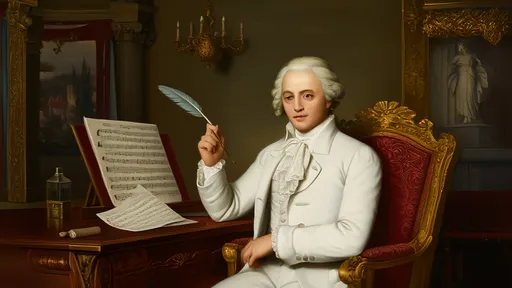
By /Aug 8, 2025

By /Aug 7, 2025

By /Aug 7, 2025

By /Aug 7, 2025
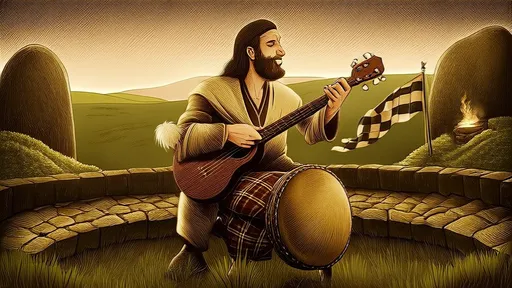
By /Aug 7, 2025

By /Aug 7, 2025
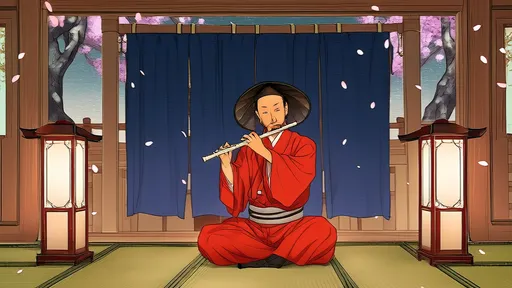
By /Aug 7, 2025
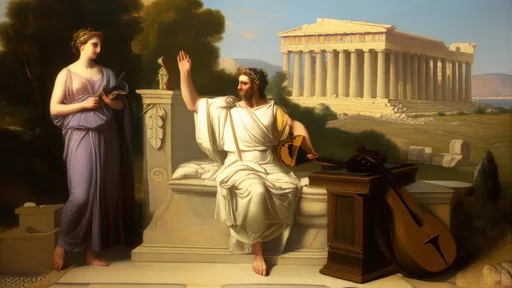
By /Aug 7, 2025

By /Aug 7, 2025
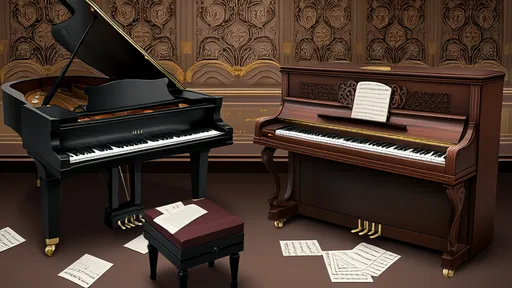
By /Aug 7, 2025
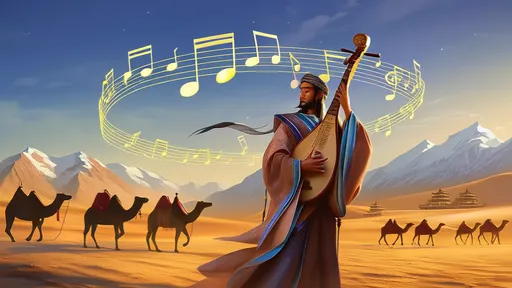
By /Aug 7, 2025